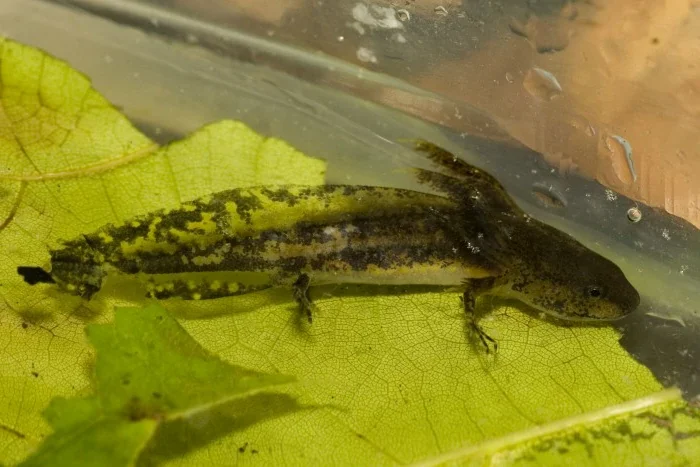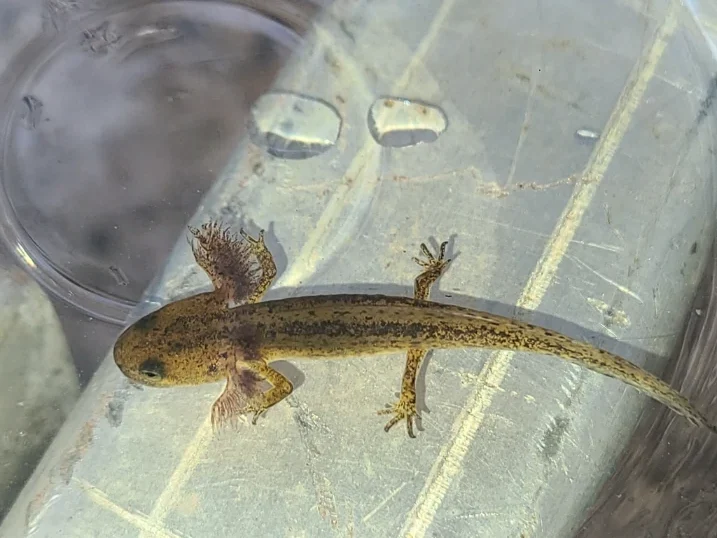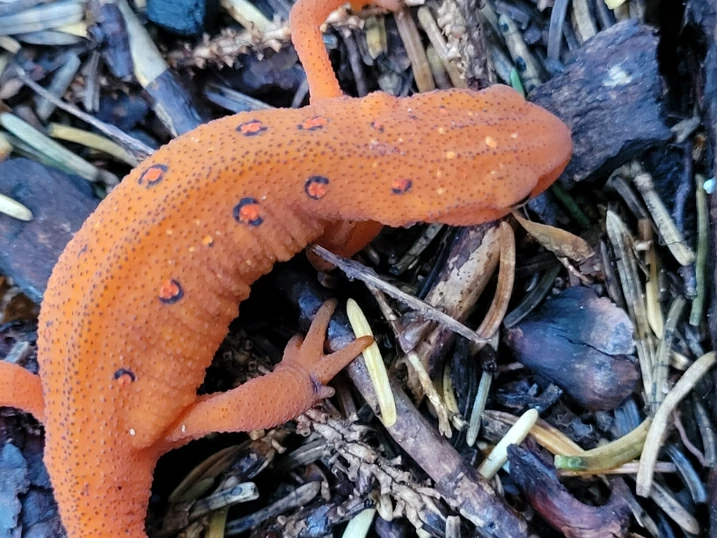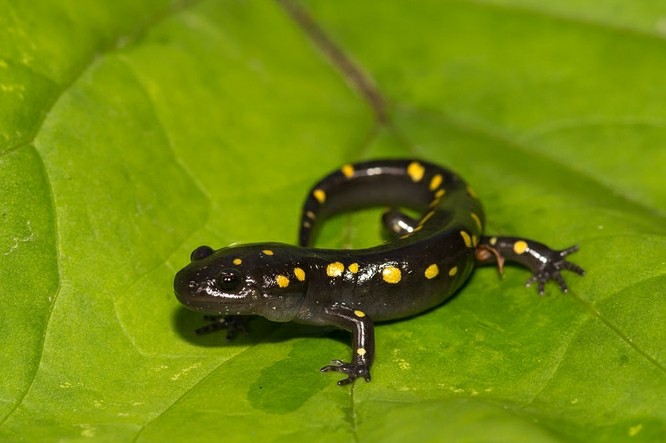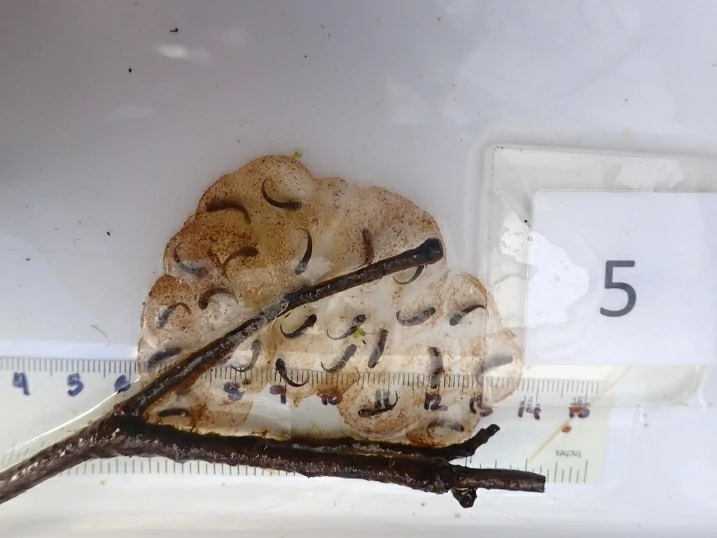Do Salamanders Need UVB? (What Keeps Them Healthy and Bright
If you’ve ever kept a salamander, you’ve probably wondered about lighting. Reptiles need UVB to stay healthy, but salamanders aren’t reptiles. They spend most of their time in dark, damp places where sunlight barely reaches. So, do salamanders actually need UVB light? No, most salamanders don’t need UVB to survive, but a small amount can … Read more



